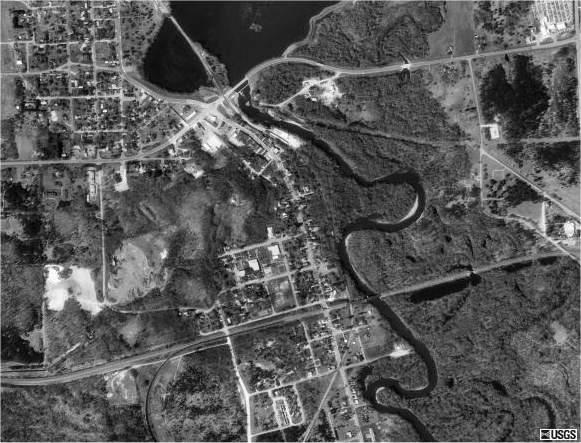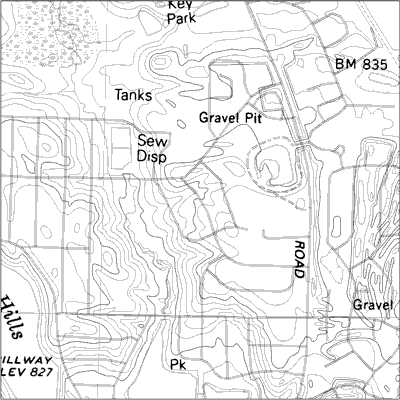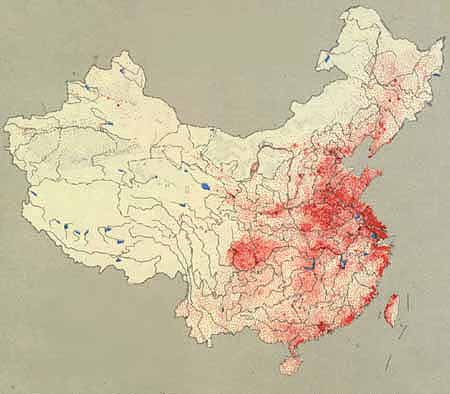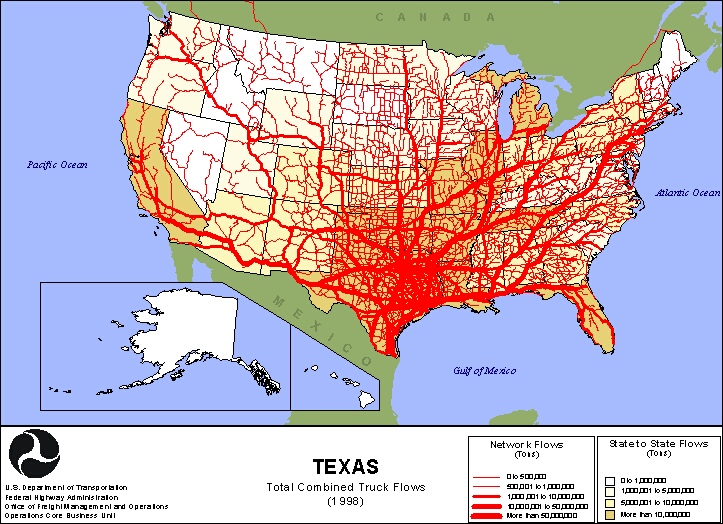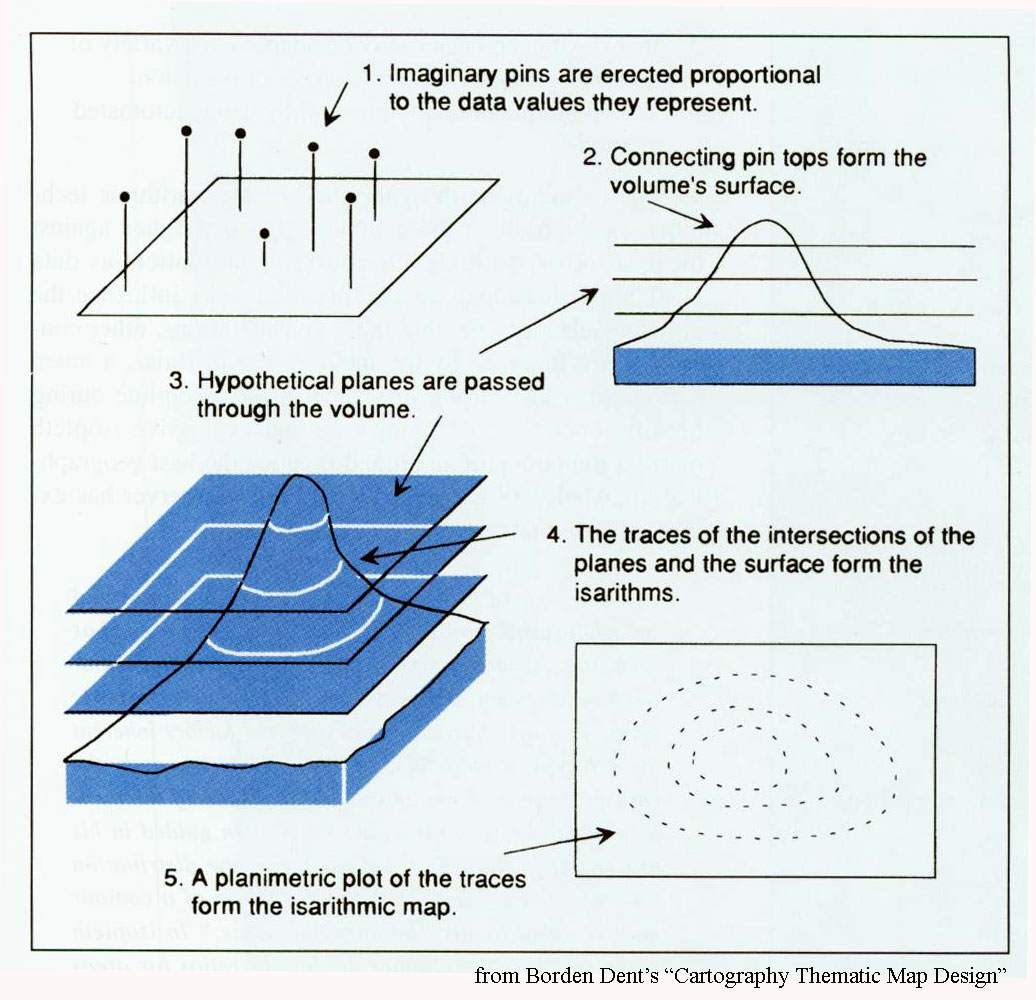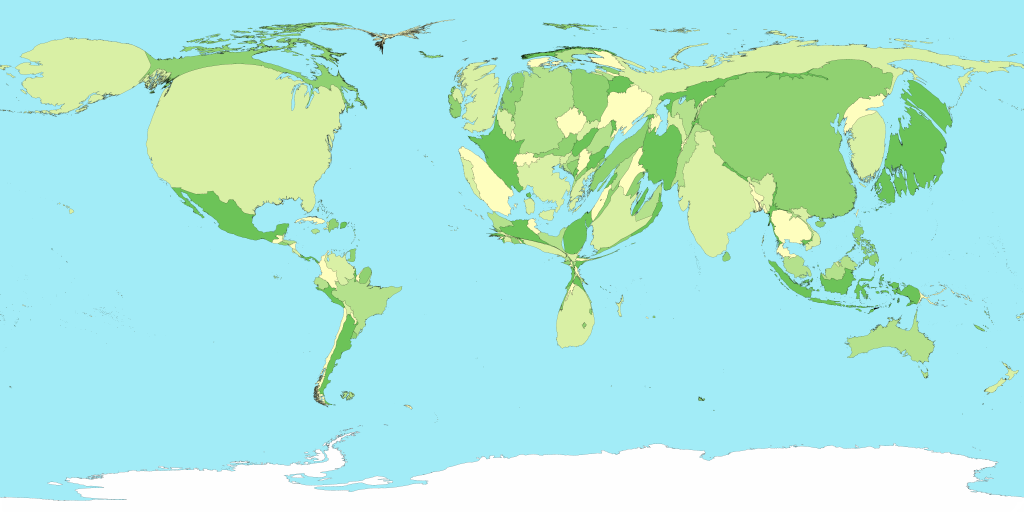
I'm always interested in maps of Malta. I was excited to play around with Google Earth and spent a couple of hours trying to find my grandfather's house in Ghaxaq. It got blurry after a certain point, so I'm assuming there isn't as much data for somewhere "remote" like this. My favorite feature of Google Earth is the ability to add photos to locations.
This map of Malta shows vegetation levels on the island. As you can see there is not much and it is concentrated inland. The Vegetation Programme uses SPOT 4 and SPOT 5 for remote sensing. More information is available here.

